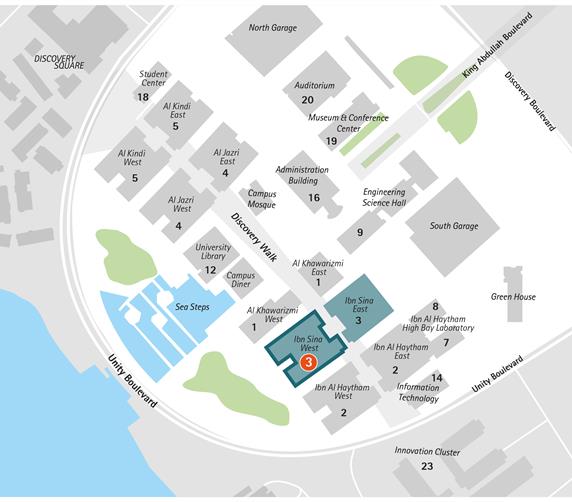Sep 2024

The aim of this thesis is to build a deeper understanding of the processes that regulate the water mass exchanges between the Arabian Gulf and the Indian Ocean, and their impact on the Gulf’s overall thermohaline characteristics. On account of the sparsity of observations, this is accomplished primarily by analyzing simulations of the Gulf circulation using state-of-the-art numerical models, specifically configured and validated during the course of this thesis. The water exchanges through the strait of Hormuz (SoH) play a critical role in the Gulf’s basin-wide circulation and water mass thermohaline characteristics. The thesis initially focuses on the exchange flow variations through the SoH, examining the mechanisms controlling the transport patterns from synoptic to seasonal time scales. This analysis reveals that transport variability is predominantly driven by synoptic scale processes, particularly local wind stress forcing over the SoH. The thesis is then extended to cover the recent historical period (1993-2021) and investigate long-term variations in a basin-wide SoH perspective. Variations in air-sea fluxes, the wind forcing over the basin and the variability in the water exchanges at the SoH directly influence the thermohaline properties and the warming rate of the basin. By analyzing the relative contribution of the lateral (through the SoH) and the local (atmospheric) forcing to the basin’s warming trend, it is shown that this prolonged warming primarily originates from water exchanges with the open ocean via the SoH, attributed to the acceleration of the Gulf’s overturning circulation. The warming trend is accompanied by a significant increase in salinity and salt content of the Gulf. The evaporation over the Gulf is identified as the prevailing mechanism for this long-term increase, predominating the influence of the salt transported through the SoH. Overall, it is found that the warming of the Gulf and the increase in its salinity link to the intensification of the exchange between the Arabian Gulf and the Indian Ocean, with increased and denser outflow to the Indian Ocean. The examination of teleconnection patterns driving the observed warming and salinification of the Gulf revealed significant relationships with the western pole of the Indian Ocean Dipole and the Indian monsoon, alongside long-term (decadal) relationships with the Atlantic Multidecadal Oscillation.
